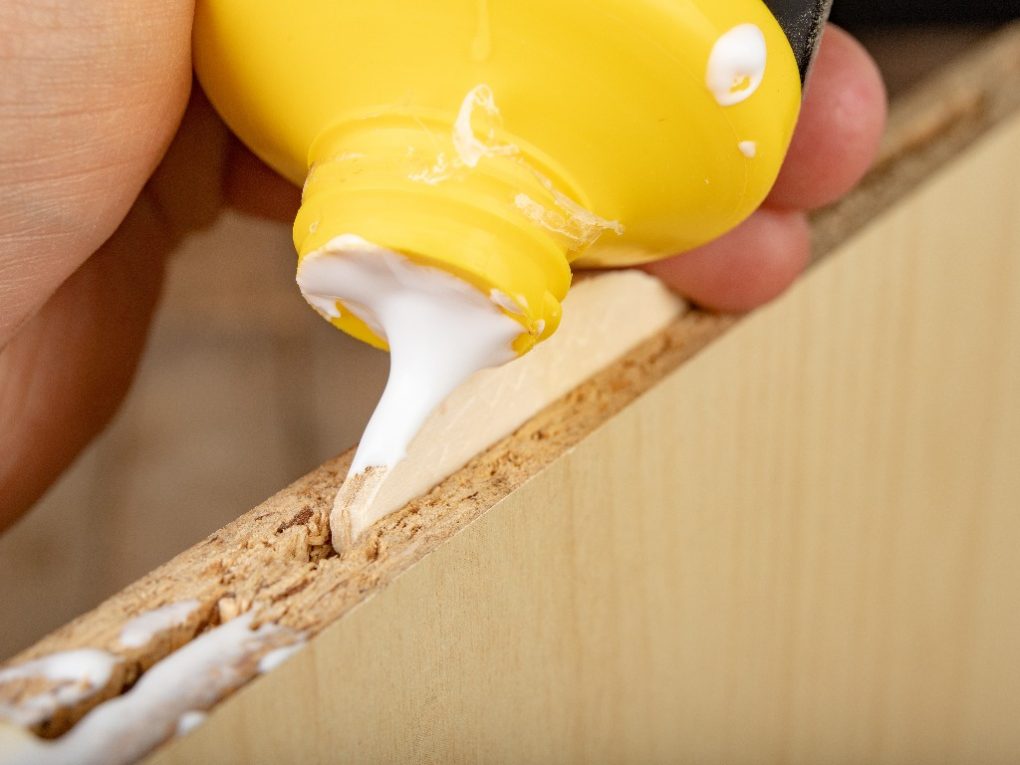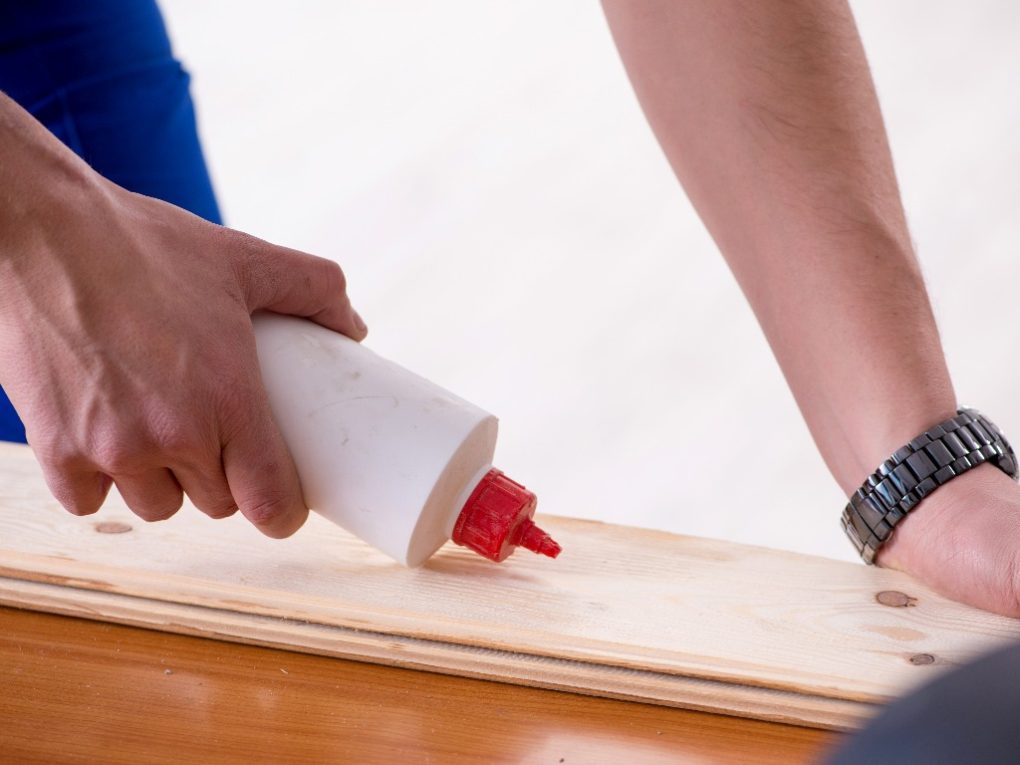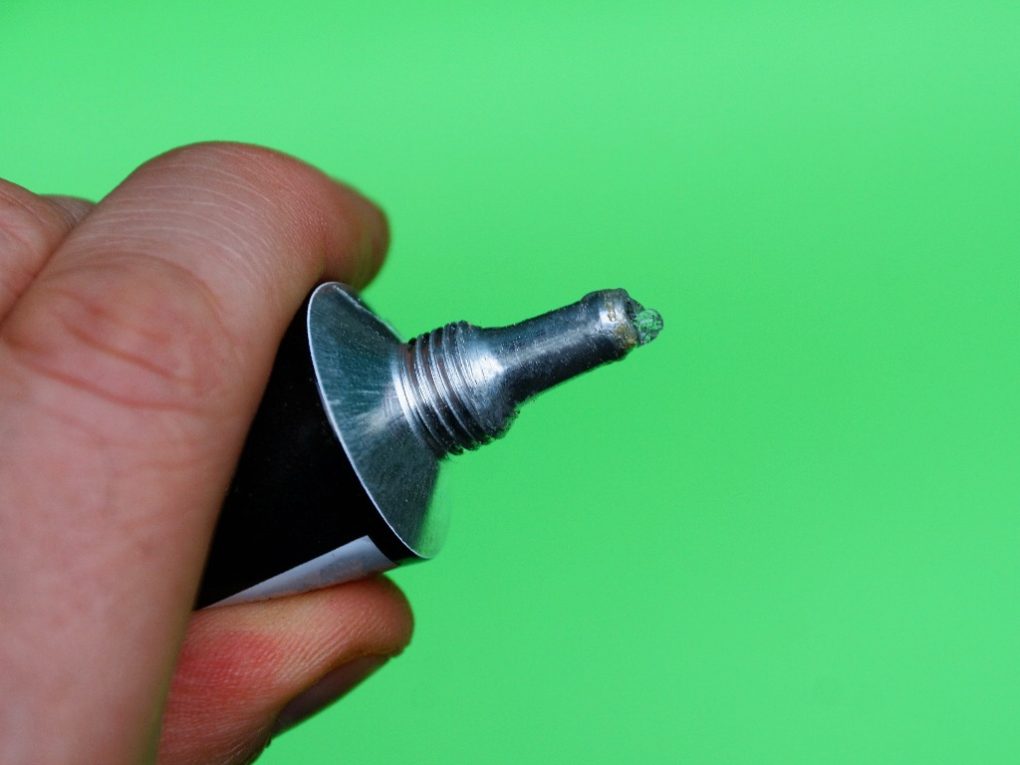Does Glue Dry Faster in the Freezer: Debunking the Myth
No, glue does not dry faster in the freezer because lower temperatures can slow chemical reactions during drying. However, extreme temperatures can affect the consistency of the glue and may even damage its properties. In addition, freezing temperatures can cause the water in water-based glues to freeze, which can affect the bonding strength and consistency of the glue once it thaws.


A Process on How Glue Works
Glue is a sticky substance that is used to bond two surfaces together. It creates a strong adhesive bond between the surfaces, which can be difficult to break. Different types of glue are available in the market, and each type has unique properties and uses.
The most common type of glue is white glue, made from polyvinyl acetate (PVA) and water. When the glue is applied to a surface, the water evaporates, leaving behind a thin layer of PVA. The PVA then forms a strong bond with the surface, creating a permanent bond.
Another type of glue is super glue, which is made from cyanoacrylate. When the glue is applied to a surface, it reacts with the moisture in the air and forms a strong bond. Super glue is known for its fast-drying properties and can bond surfaces in seconds.
Glue can also be classified based on how it sets. Some glues set through evaporation, while others set through a chemical reaction. For example, white glue sets through evaporation, while super glue sets through a chemical reaction.
Factors That Affect Glue Drying Time
When it comes to glue, drying time can vary depending on several factors. Understanding these factors can help you choose the right glue for your project and ensure it dries quickly. Here are some of the key factors that affect glue drying time:
Humidity
Humidity can have a significant impact on glue drying time. Higher humidity levels generally slow the drying process, while lower humidity levels speed it up. This is because glue relies on evaporation to dry, and high moisture levels in the air can interfere with this process. However, if you’re working in a humid environment, you may need to take extra steps to ensure your glue dries properly.
Temperature
The temperature of your workspace can also affect glue drying time. Generally, warmer temperatures speed up the drying process, while cooler temperatures slow it down. This is because heat helps evaporate the glue’s moisture more quickly. However, keeping your glue cool is important, as this can cause it to melt or become damaged.
Type
The type of glue you’re using can also impact drying time. Different types of glue have different chemical compositions, which can affect how quickly they dry. For example, some types of glue are designed to dry quickly, while others are designed to dry slowly to allow for adjustments. Therefore, choosing the right type of glue for your project is important to ensure that it dries as quickly and effectively as possible.


Thickness
The thickness of your glue application can also affect drying time, according to ThreeBond International. Thicker layers of glue will take longer to dry than thinner layers, as more moisture needs to evaporate. Therefore, if you need your glue to dry quickly, applying it in thin layers is best to avoid applying too much at once.
Things That Happens to Glue When It’s Frozen
Based on experience, the glue can freeze when exposed to extremely low temperatures. However, freezing glue can have varying effects on its chemical structure depending on the type of glue.
Some glues may become more brittle or less effective after being frozen, while others may not be affected at all. One of the main reasons glue may not fare well in the freezer is that the freezing process can damage the delicate ingredients in the glue, affecting its effectiveness.
However, some types of glue can withstand low temperatures without any problems. For example, cyanoacrylate adhesives, also known as superglues, are designed to be freeze-resistant. Titebond wood glues are another example of glue that can withstand being frozen. These glues are developed to withstand five to ten freeze-thaw cycles, making them a good option for storing the glue in a cold environment.


It’s important to note that if you decide to freeze your glue, it’s best to do so in an airtight container. This can help prevent moisture from getting into the glue, potentially affecting its chemical structure. In conclusion, while some types of glue may withstand freezing temperatures without any issues, it’s generally not recommended to freeze glue as it can damage its chemical structure and affect its effectiveness.
Tips to Properly Store Glue
Storing glue properly can extend its shelf life and ensure it remains effective for future use. Here are some tips for storing glue:
- Keep glue in a cool and dry place. Exposure to heat and humidity can cause the glue to break down and lose effectiveness.
- Store glue in airtight containers to prevent air and moisture from getting in. This can help prevent the glue from drying out or becoming too thick.
- If possible, store glue in the original container. This can help ensure the container is designed to properly store the glue and prevent it from leaking or spilling.
- Label the container with the type of glue and the date it was purchased or opened. This can help track how long the glue has been stored and when it may need replacing.
- Avoid storing glue near sources of heat or flame. This can cause the glue to ignite or become unstable.
By following these storage tips, you can help ensure that your glue remains effective and usable for future projects. Proper storage can also help you save money by preventing the need to replace old or ineffective glue constantly.
